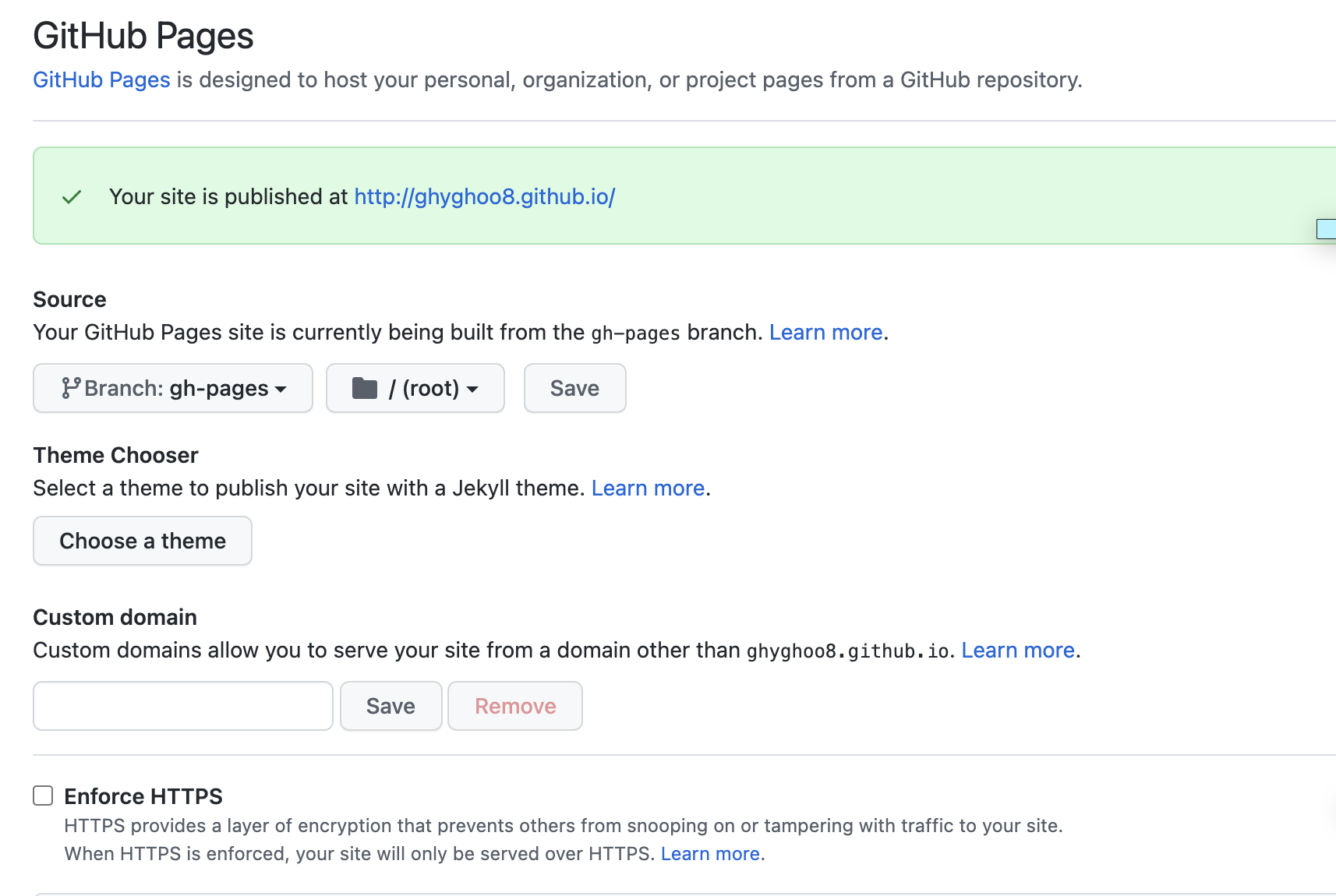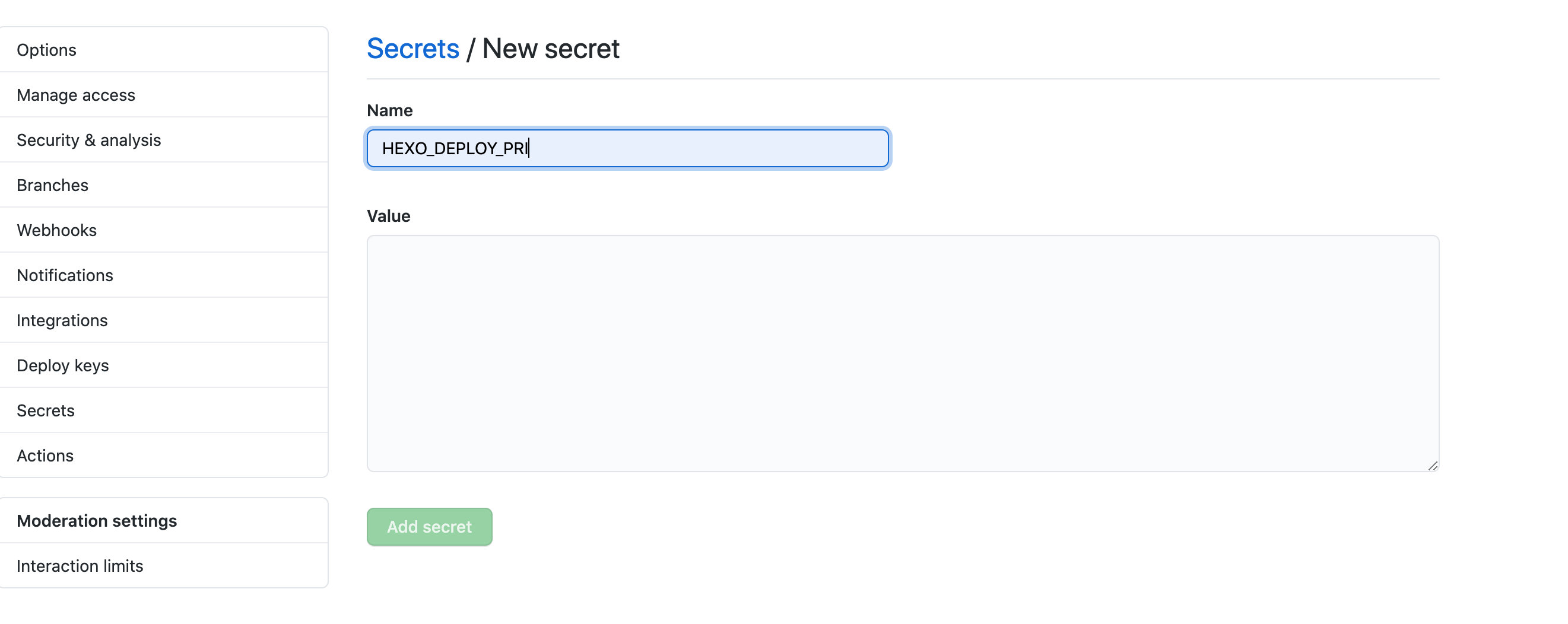1
2
3
4
5
6
7
8
9
10
11
12
13
14
15
16
17
18
19
20
21
22
23
24
25
26
27
28
29
30
31
32
33
34
35
36
37
38
39
40
41
42
43
44
45
46
47
48
49
50
51
52
53
54
55
56
57
58
59
60
61
62
63
64
65
66
67
68
69
70
71
72
73
74
75
76
77
78
79
80
81
82
83
84
85
86
87
88
89
90
91
92
93
94
95
96
97
98
99
100
101
102
103
104
105
| #![allow(non_snake_case)]
use super::WatcherTrait;
use notify::{DebouncedEvent, RecommendedWatcher, RecursiveMode, Watcher};
use std::fs;
use std::path::Path;
use std::path::PathBuf;
use std::sync::mpsc;
use std::sync::Arc;
use std::sync::Mutex;
use std::thread;
use std::time::Duration;
pub struct FileWatcher {
path: PathBuf,
pub content: Arc<Mutex<String>>,
pub version: Arc<Mutex<usize>>,
}
impl FileWatcher {
pub fn New(path: &Path) -> Self {
if path.exists() {
let file_content = fs::read_to_string(path).unwrap();
let content = Arc::new(Mutex::new(file_content));
let version = Arc::new(Mutex::new(1));
Self {
path: PathBuf::from(path),
content,
version,
}
} else {
error!("watch an nonexist file!");
panic!("watch an nonexist file!");
}
}
}
impl WatcherTrait for FileWatcher {
fn watch(&mut self) {
let path = fs::canonicalize(&self.path).unwrap();
let content_guard = self.content.clone();
let version_guard = self.version.clone();
thread::spawn(move || {
let (tx1, rx1) = mpsc::channel();
let mut watcher: RecommendedWatcher =
Watcher::new(tx1, Duration::from_secs(1)).unwrap();
watcher
.watch(path.parent().unwrap(), RecursiveMode::NonRecursive)
.unwrap();
loop {
match rx1.recv() {
Ok(event) => {
info!("watch event: {:?}", event);
match event {
DebouncedEvent::Remove(p)
| DebouncedEvent::Write(p)
| DebouncedEvent::Create(p) => {
if path == p {
let mut content = content_guard.lock().unwrap();
let mut version = version_guard.lock().unwrap();
(*version) += 1;
match fs::read_to_string(&p) {
Ok(c) => {
*content = c;
info!("wrote file: {:?} #{}", p, *version);
}
Err(_) => warn!("file not exist: {:?}", &p),
}
}
}
_ => {}
}
}
Err(e) => {
error!("watch error: {:?}", e);
}
}
}
});
}
fn content(&self) -> String {
let content_guard = self.content.clone();
let content = content_guard.lock().unwrap();
(*content).clone()
}
fn version(&self) -> usize {
let version_guard = self.version.clone();
let version = version_guard.lock().unwrap();
*version
}
}
|




